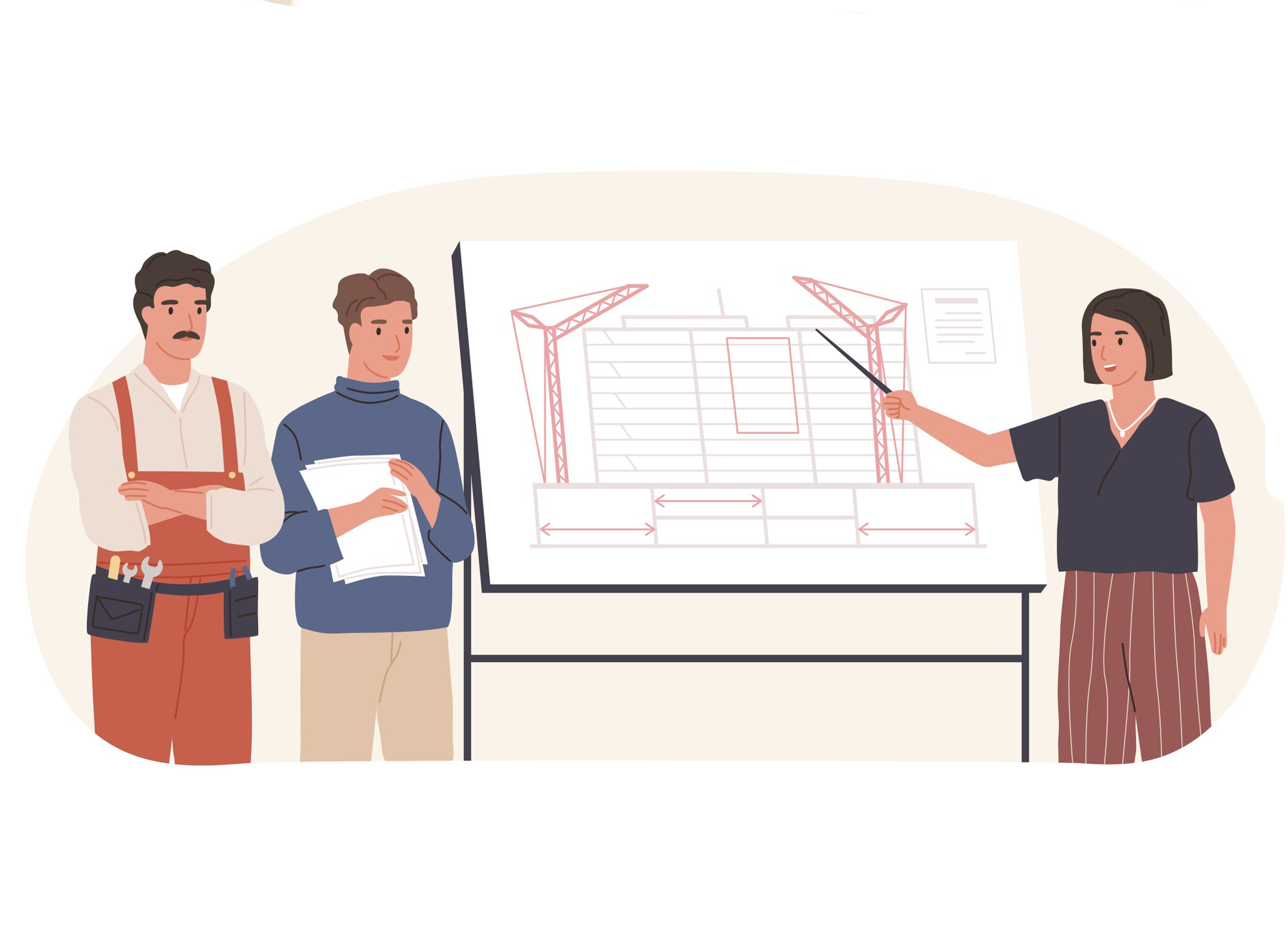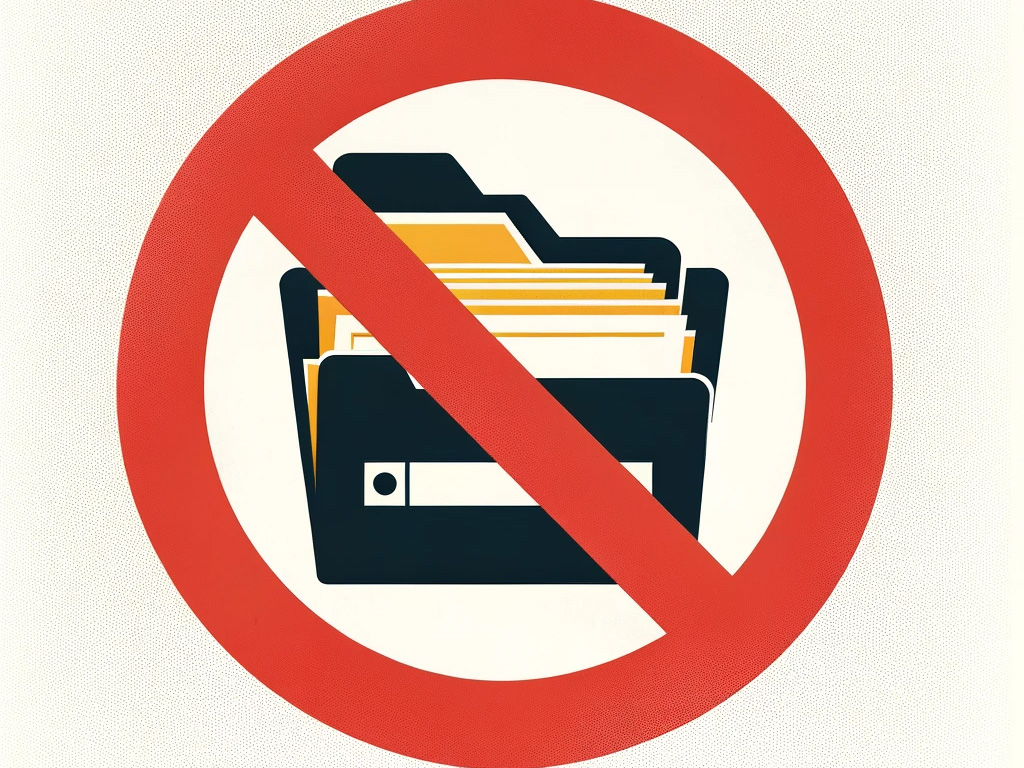The phrase “OSHA inspection” is enough to cause dread in most business owners. Yet, it’s an odd reaction. After all, an OSHA inspection should prove a short-term inconvenience for businesses that follow safety regulations. Perhaps, it’s just the fear the unknown, since most businesses will never see an OSHA inspector. The exception is with higher risk businesses, such as construction and manufacturing. Since the risk of injury is so much higher, OSHA tends to focus more attention on these businesses. Not sure if your business is ready? Keep reading to find out what to expect.
1. OSHA Inspection Essentials
All OSHA inspections follow a fairly basic pattern. The vast majority of inspections will happen unannounced. The inspector will arrive, introduce herself, and provide credentials identifying her as an OSHA rep. The rep will conduct a meeting to explain why they are there and what they plan to inspect. The business owner picks someone to accompany the inspector, and the employees can select someone as well.
The inspector then conducts a walkthrough and looks for violations, with priority placed on violations that pose an imminent danger or serious health risks. The inspector may also interview employees and look at records. The inspection closes with another meeting. The rep explains their findings, issues citations, and offers recommendations.
2. What Triggers an OSHA Inspection?
A number of possible reasons can trigger an inspection. Employer-reported workplace injuries can trigger one. Employee-filed complaints can also lead to an inspection. Reports from other agencies or even the media can make OSHA take a closer look at your business. As mentioned above, high-risk businesses often come up for inspection as a matter of course. You may also get an inspection as a follow-up from a prior visit.
3. Preparing for an OSHA Inspection
The best way to prepare for an OSHA inspection is to conduct your safety inspections regularly. Hire someone with a strong background in workplace safety regulations. Put them in charge of making periodic inspections and following up on violations they find. Do your best to create a safety-first culture that rewards safe behaviors and punishes repeated safety violations. Make sure you have a system for documenting, reporting, and storing safety-related records. Not only does that mean you’ll have the records ready if a real inspection happens, but it also gives you data to analyze for improving safety at your business.
4. Prevention Is Key
Some businesses may get inspected based solely on their industry, but it’s less common. Like most government agencies, OSHA must focus its efforts. That means investigating businesses
that generate complaints or have a history of violations. By maintaining a safe working environment, you dramatically decrease the odds of getting an OSHA visit. You also help keep your employees safe and healthy. It’s a win-win.
Find Safety-Minded Candidates
Confident you can pass an OSHA inspection and want employees who will support that? Let Timpl find you safety-minded candidates to fill your vacant positions.



